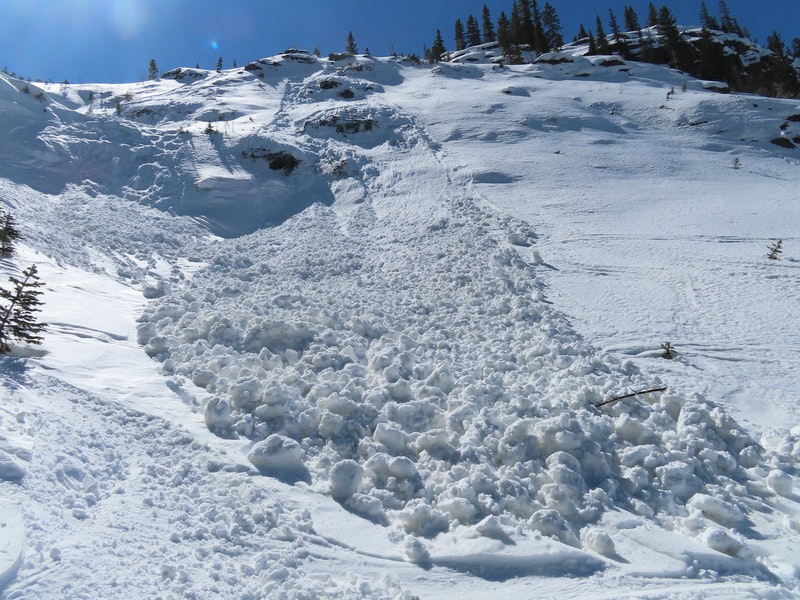
When in the mountains, avalanches are threats that need to be prepared for and taken seriously. Around the globe, an estimated 150 people are killed every year from avalanches. They are caused by four underlying elements: a steep slope, the snow cover, a weak layer, and a triggering event. These are the 5 deadliest avalanches ever recorded around the globe:
5. Winter of Terror – Austria-Switzerland Border
In the winter of 1950-1951, the Alps of Europe received “atypical weather conditions” that brought a higher-than-average amount of snow. At one point, almost 15 feet of snow fell in a three-day span, and “the meeting of an Atlantic warm front with a polar cold front” mixed with severe winds resulted in extreme avalanche conditions over the course of the season. In just a three-month span, 649 avalanches were recorded, which resulted in the deaths of over 265 people in the area. Additionally, Switzerland reported upwards of 500 cattle deaths and 900 buildings destroyed.
- Related: Top 5 Deadliest National Parks
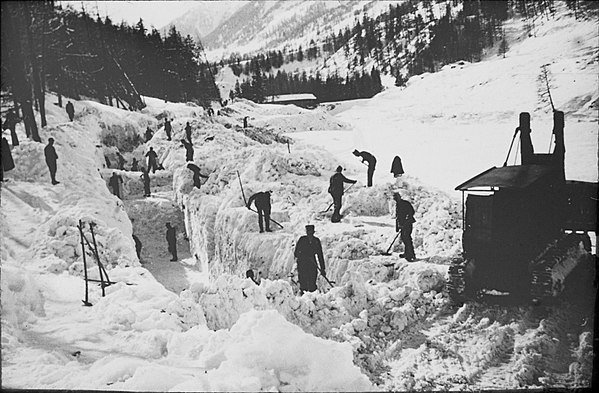
4. The 2015 Panjshir Avalanches – Afghanistan
In February 2015, over the course of just a four-day span, at least 308 Afghans died due to a lethal series of avalanches. The Panjshir Province of Afghanistan is home to extremely mountainous and rocky terrain, and reportedly, too much snow was falling for the mountains to hold. Around 1,000 Afghan soldiers were sent to the area to help with search and rescue efforts. Roads were blocked, cars were stuck, power wasn’t passing through, and around 100 homes were destroyed. The 2015 Afghanistan avalanches are some of the worst ever recorded and by far the worst that the country has ever seen.
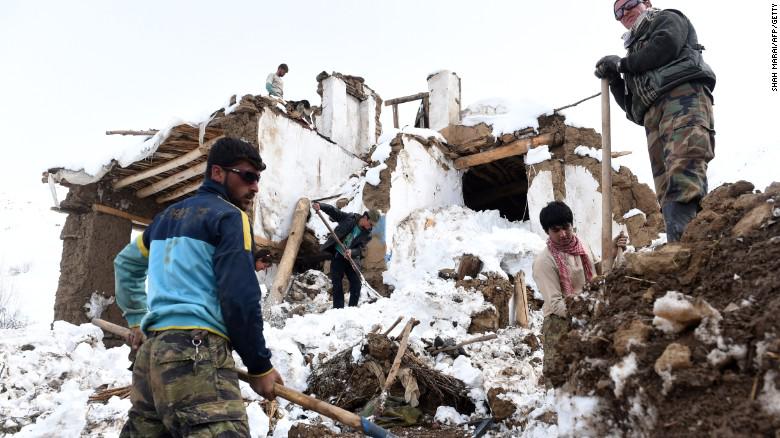
3. Huascarán Slide of 1962 – Peru
Sitting in the Andes at 22,205 feet above sea level, Huascarán is one of the tallest mountains in the world. On January 10, 1962, a massive glacier weighing six million tons slid off Huascarán and traveled for around nine miles. “The towns of Ranrahirca and Huarascucho were buried under 40 feet of ice, mud, trees, boulders, and other debris,” and 4,000 people were reported to have lost their lives. With only a few people lucky enough to survive, 10,000 animals were killed, millions of dollars of agriculture were lost, and several surrounding towns began to flood because of blocked-off rivers.
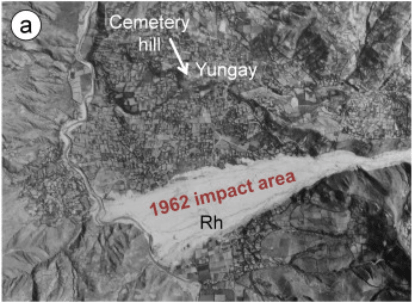
2. White Friday – Italy
In 1916, World War 1 was reaching peak intensity, and barracks were being built on Mount Marmolada to station the Austro-Hungarian Kaiserschützen. Come wintertime, heavy snowfall mixed with rising temperatures created perfect avalanche conditions in the Italian Dolomites. On December 13, 1916, “200,000 tons of snow, rock, and ice plunged down the mountain directly onto the barracks”. Only a few hundred soldiers were killed from this incident specifically, but on the same day, and over the next few days, countless avalanches slid. It is widely suggested that soldiers intentionally shot at the mountainside to create avalanches as weapons, but there is little evidence to support this claim. As more avalanches occurred, the death count increased, and it is estimated that there were around 9,000-10,000 total casualties from the series of slides.
1. Huascarán Slide of 1970 – Peru
An undersea earthquake, referred to as Ancash, caused the deadliest avalanche ever recorded in Earth’s history. This avalanche also slid from Huaracán in Peru, but it had a much more devastating impact this time. Estimates range from 22,000-70,000 Peruvian deaths and more than 10 villages were destroyed. Occurring on May 31, 1970, the earthquake not only caused a glacier and snowfield to release, but the avalanche picked up “large volumes of loose dirt, rock, and surface water,” which created the effect of a mudslide. The debris moved at a top speed of 100mph and traveled for around 100 miles. In a report released by the United States, officials stated that “such an event might not occur again for thousands of years.”
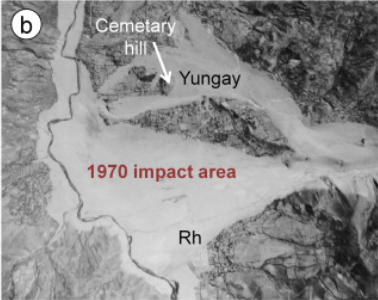

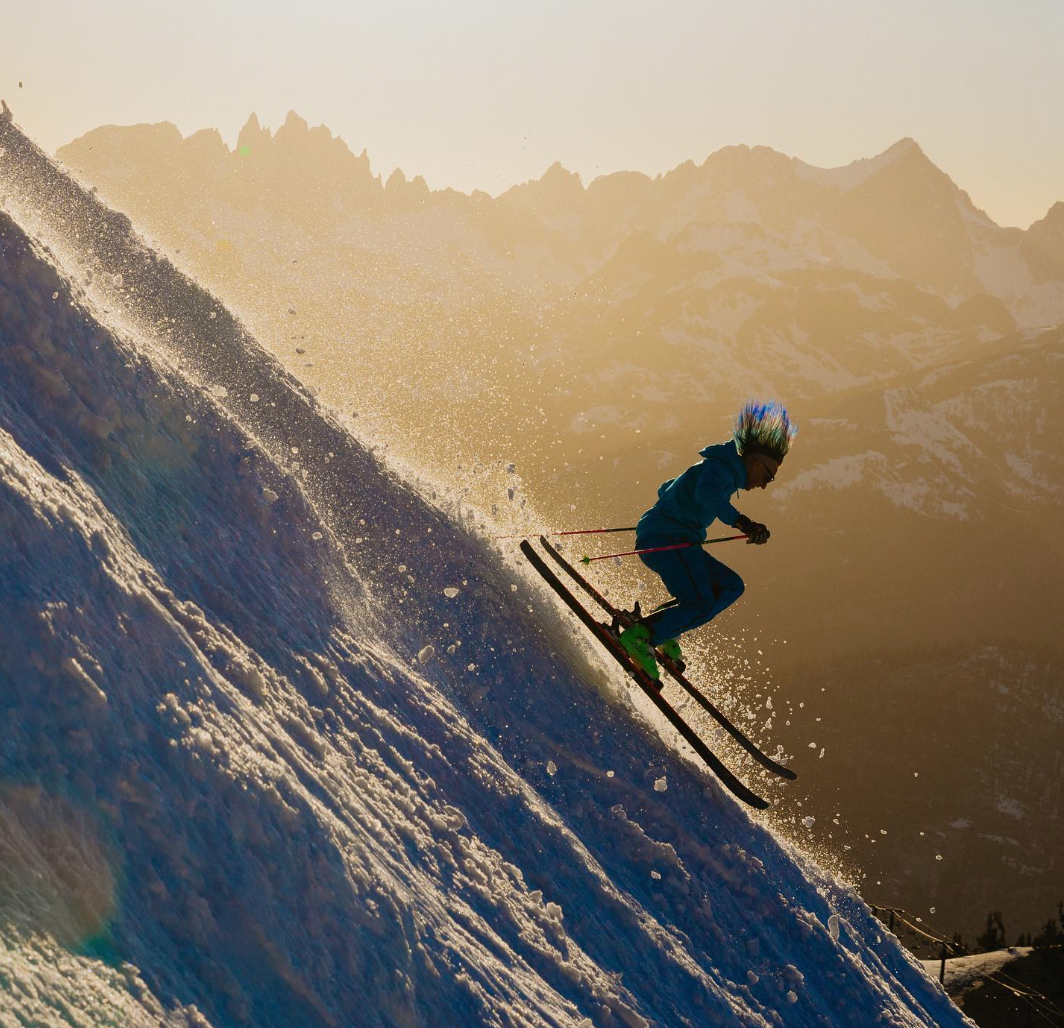


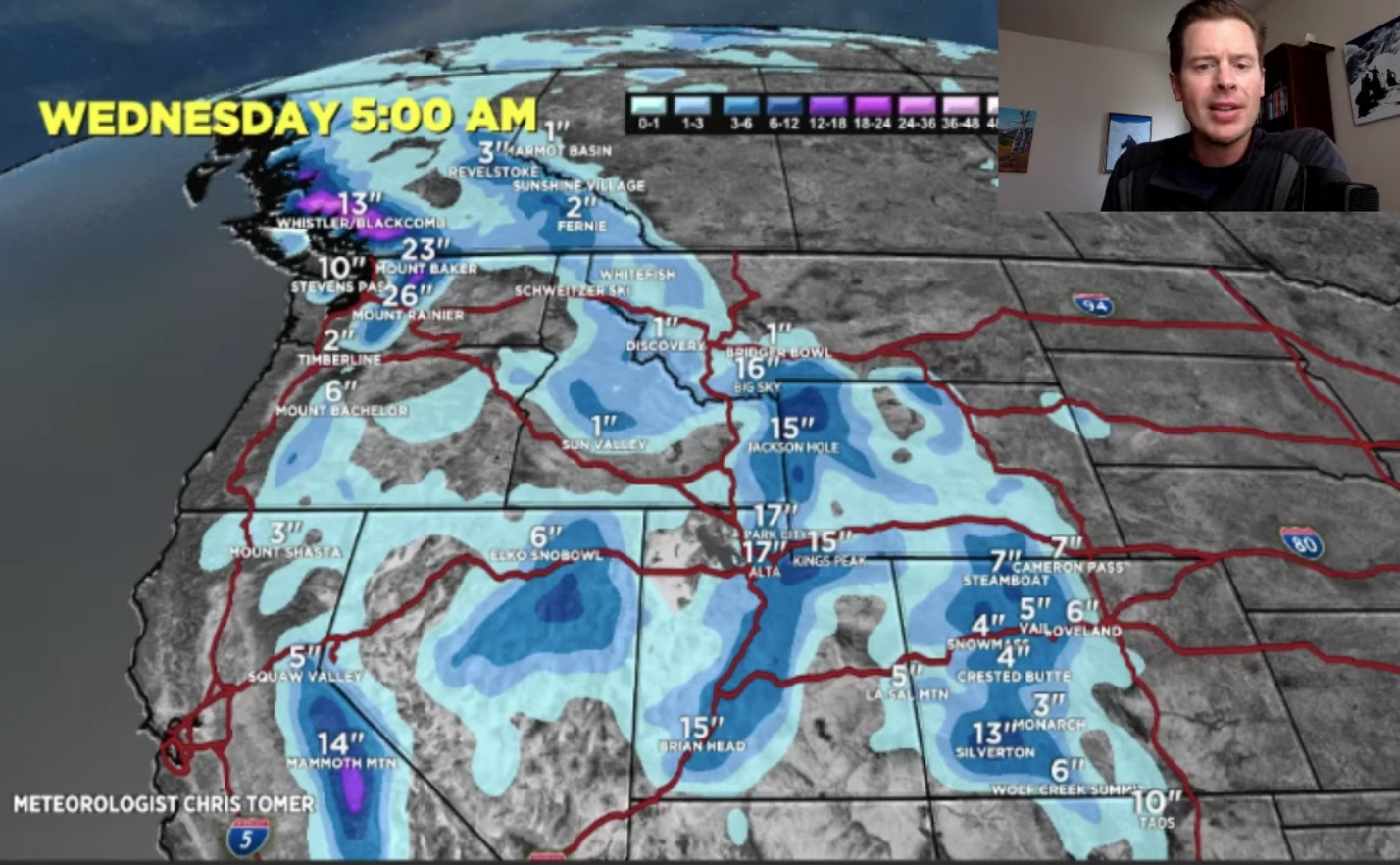
I dont like it